.jpg)
“The key to open the door” to Cham music
Musician Van Thu Bich (former Vice President of the Da Nang City Music Association) started the story with the article "The process of exchanging and adapting Cham music" and Vietnamese (published in Quang Nam Newspaper in May 2023). This is an article in a group of 12 works that helped Van Thu Bich's name be announced at the Vietnam Music Awards ceremony in the field of music criticism (organized by the Vietnam Musicians Association at the end of 2024).
Since her first book “Music in the rituals of the Cham Brahmins” (National Culture Publishing House - Hanoi) published in 2004, musician Van Thu Bich has had many more valuable research works published in specialized newspapers and magazines of the Central and local levels.
Van Thu Bich has a burning passion for Cham music. Since he was very young, the priceless values of Tra Kieu Imperial City, My Son Sanctuary, Cham Sculpture Museum... have captivated the musician.
“Living in Quang Nam, a land that witnessed the golden age of Champa civilization, because of my love for what remains, I ventured to learn about a slice of Cham art and music,” the female musician shared.
Entering a field that few people researched in the 90s of the last century, she encountered many obstacles, especially when the Cham community was very closed in sharing traditional cultural values.
She clearly remembers the reproachful words of the people that “many people came to learn but there was no response”. That wariness made her realize that: to have the “key” to open the treasure of Cham music, there is nothing better than sincerity and patience.
“When people trust you, they will share everything. I am fortunate to be able to record, film and preserve valuable documents about Cham folk music and rituals,” said musician Van Thu Bich.
Cham music material
The deeper he researched, the more musician Van Thu Bich worried about the reality of the gradual disappearance of Cham music artists, while the next generation was not very interested.
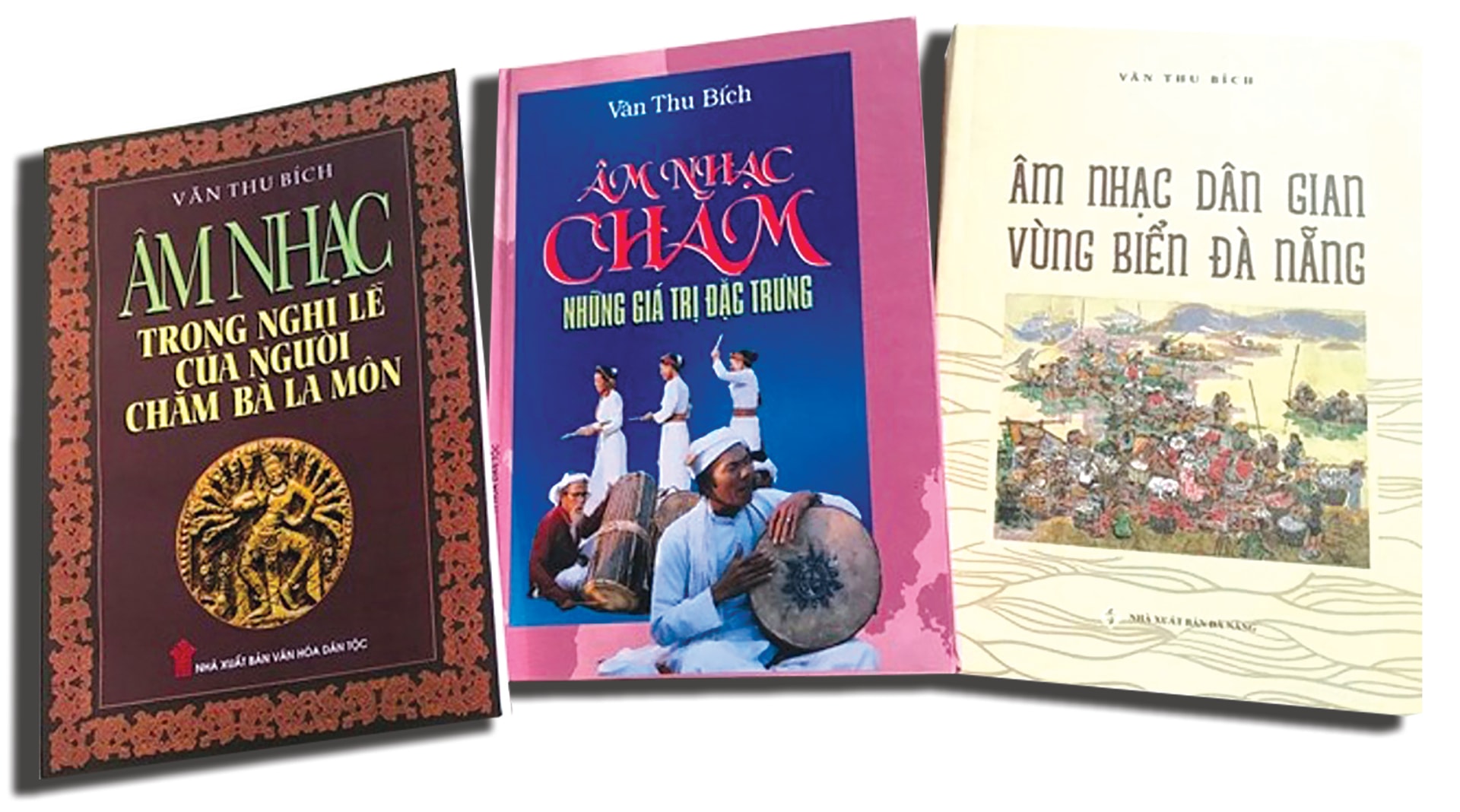
Scholars Thien Sanh Canh and artisan Truong Ton - famous for his mysterious saranai flute in My Son Holy Land in the past... have all gone to the world of the wise, leaving her with many regrets.
According to musician Van Thu Bich, fortunately, for a long time, Quang Nam invited artist Truong Ton to teach right at the My Son temple complex, helping many locals and foreign tourists have the opportunity to learn about the Cham music treasure. Cham folk dance performances are also more widely promoted.
“In recent years, there have been more researchers and lecturers collecting, recording, and filming Cham music festivals and activities such as the Kate festival, and publishing traditional Cham music publications. Many musicians have also used Cham music materials in contemporary compositions, helping to spread it to the community.
However, research, collection and dissemination work still have many limitations. Therefore, the restoration and promotion of Cham music requires systematic steps. It does not stop at collecting and recording personally, but requires long-term investment from the central to the grassroots levels, such as: bringing Cham music to schools, stages and other cultural exchange activities", musician Van Thu Bich analyzed.
Redefining traditional art values
During her research on Cham music, the female musician had a journey of dedication and experience that few people have. The culinary story about the pink melon is quite an interesting example.
Ms. Bich said that when cooking soup, Cham people will use a hammer to smash the watermelon to make the soup more delicious. The ritual of worshiping on the ground instead of on the table is also an unmistakable Cham cultural feature.
The way she threw herself into reality and lived with the Cham community made Van Thu Bich feel responsible for speaking out to preserve traditional cultural values.
“There have been unfortunate misunderstandings in the way Cham music and dances are performed. As a music researcher, in addition to published books, I will continue to write articles and projects to clarify issues that many people have long misunderstood. For example, the performance space for Cham music is on a spread-out mat. Yet, many places now force artists to stand and play the ghi-nang drum, or hold the para-nung drum and dance because they think that is the way to attract attention. This only makes Cham music lose its spirit and fade its inherent identity,” she worries.
Another common misconception that needs to be corrected, according to researcher Van Thu Bich, is that many people currently misunderstand the image of ancient Apsara dancers wearing sexy, “two-piece” costumes. These costumes were only used in the royal court, serving the king.
In fact, dances such as fan dance, conical hat dance or water dance are all polite, showing a “discreet culture”. When studying Cham statues in the museum, one can clearly see the modesty of the costumes carved on Cham statues, showing thin layers of fabric, not the modern Cham dance styles that are somewhat revealing, causing many people to mistake them for traditional Cham dances.
“In the future, I will continue to write articles to redefine the true nature of Cham art. Thereby, helping people have a correct perspective, avoiding performing and promoting the incorrect values of Cham music and dance to the community…”, the female musician confided.
Source: https://baoquangnam.vn/nu-nhac-si-say-am-nhac-cham-3153934.html



![[Photo] Cultural, sports and media bloc at the 50th Anniversary of Southern Liberation and National Reunification Day](https://vphoto.vietnam.vn/thumb/1200x675/vietnam/resource/IMAGE/2025/4/30/8a22f876e8d24890be2ae3d88c9b201c)
![[Photo] The parade took to the streets, walking among the arms of tens of thousands of people.](https://vphoto.vietnam.vn/thumb/1200x675/vietnam/resource/IMAGE/2025/4/30/180ec64521094c87bdb5a983ff1a30a4)
![[Photo] Chinese, Lao, and Cambodian troops participate in the parade to celebrate the 50th anniversary of the Liberation of the South and National Reunification Day](https://vphoto.vietnam.vn/thumb/1200x675/vietnam/resource/IMAGE/2025/4/30/30d2204b414549cfb5dc784544a72dee)



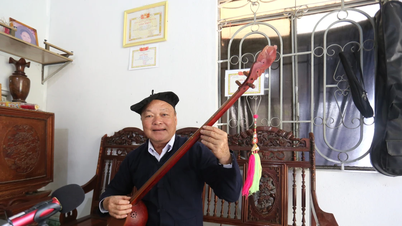

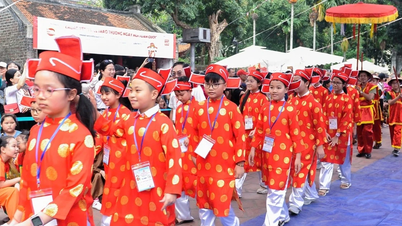







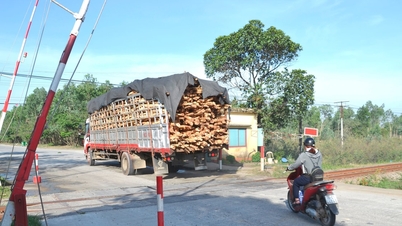
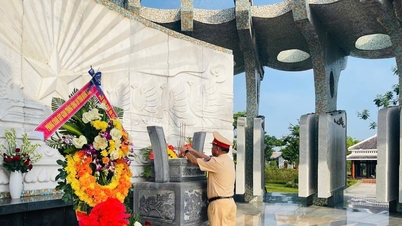



![[Photo] Performance of the Air Force Squadron at the 50th Anniversary of the Liberation of the South and National Reunification Day](https://vphoto.vietnam.vn/thumb/1200x675/vietnam/resource/IMAGE/2025/4/30/cb781ed625fc4774bb82982d31bead1e)














































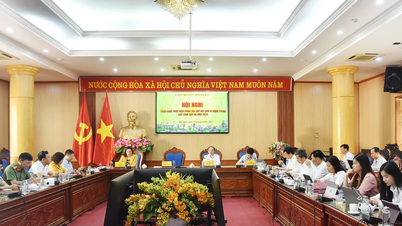

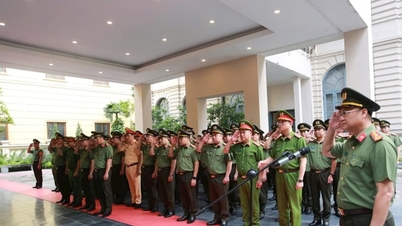

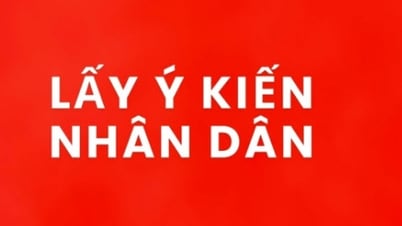


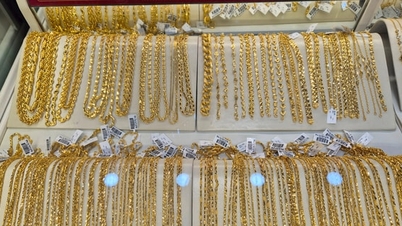
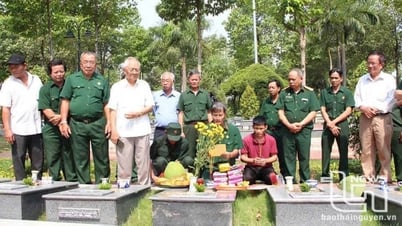












Comment (0)